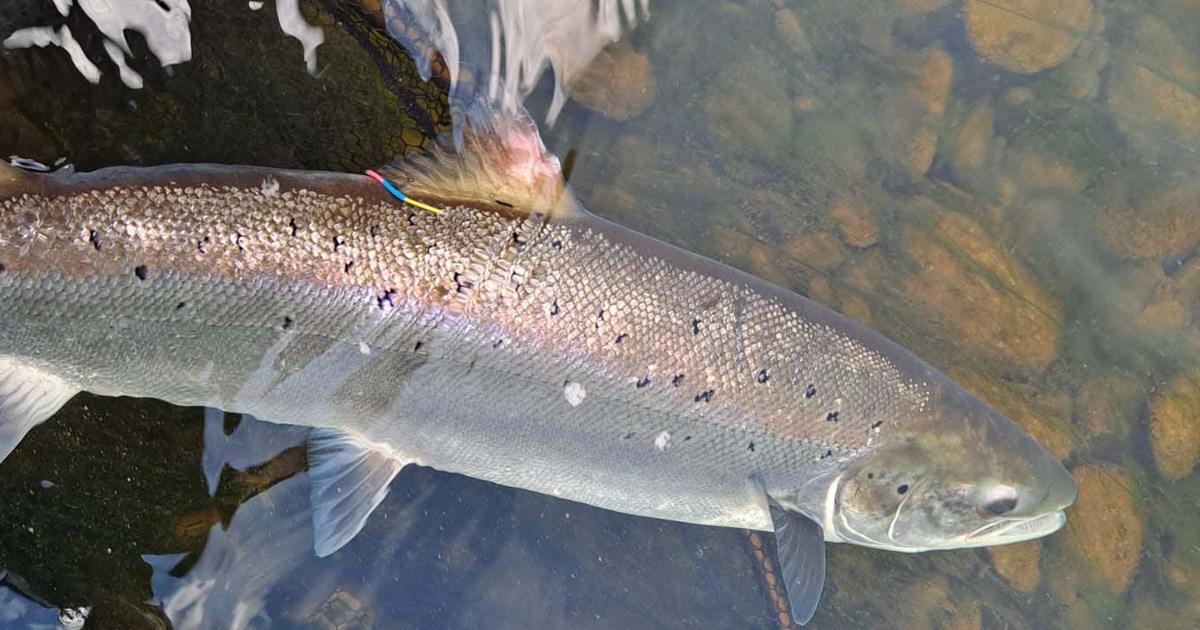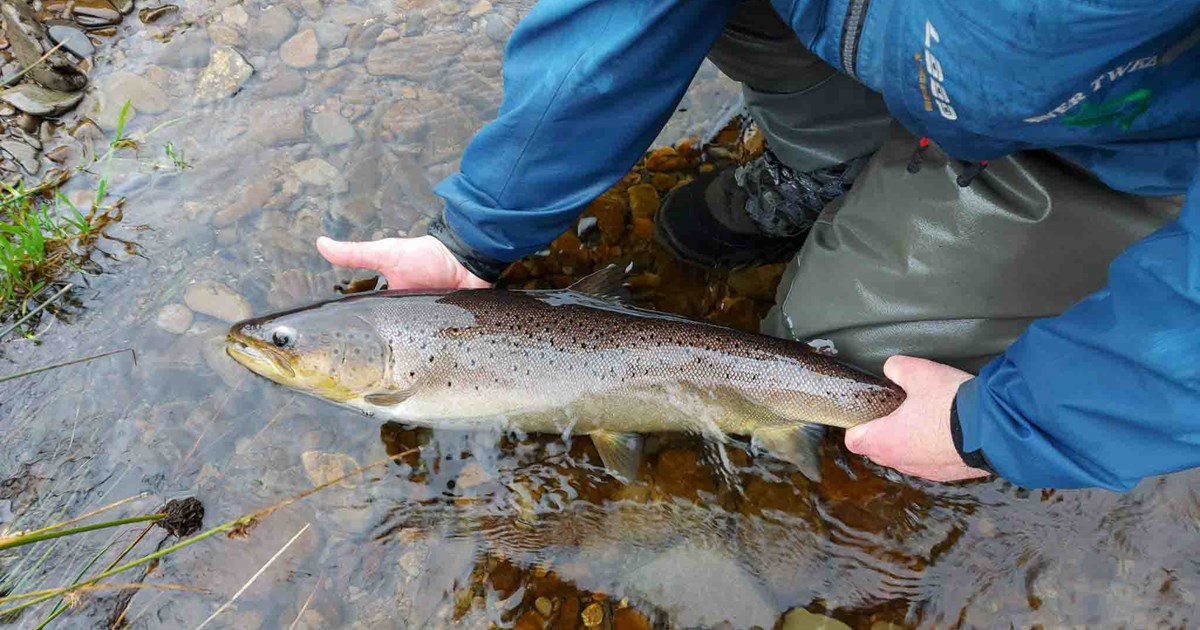Tweed Salmon Catch Trends
Historic catch records show that there have been significant changes in the numbers, run timings and sizes of Tweed Salmon over the last 200 years or so and that these changes are largely due to sea surface temperatures.
In this review paper, the Tweed Foundation's Dr Ronald Campbell discusses the catch trends in Tweed Salmon and what they could mean for the future. The review paper can viewed using the link below and the full paper can be issued on request.


Tweed Sea Trout
Sea Trout in the Tweed tend to be larger than those found in other Scottish East coast rivers and that's because the Tweed's Sea Trout belong to a group of Northumberland and Yorkshire rivers which have long been notable for the large sizes that they can reach. However, the Sea Trout of the Tweed have been a rather neglected resource over the years.
This review paper looks into the history of the Tweed's Sea Trout and the different Sea Trout stocks in the Tweed district. The full review paper can be found in the link below.
Fungus on Salmon and Sea Trout
Fungal infection is a natural condition that usually affects low numbers of Salmon and Sea Trout every year as they return to our rivers. Numbers of affected fish can increase during certain conditions, such as periods of low flows and high water temperatures, leading to stress.
